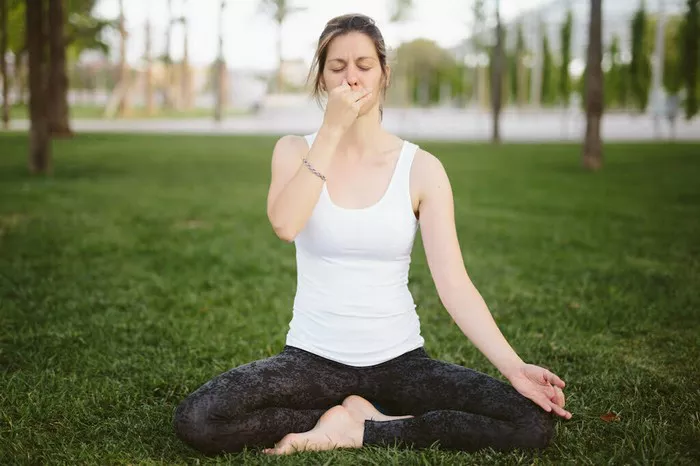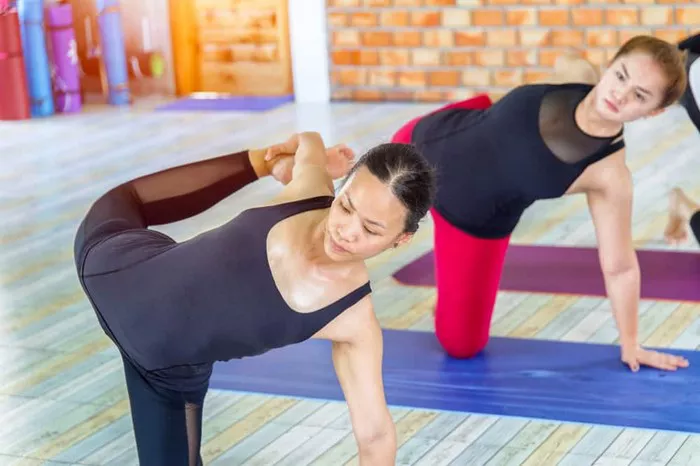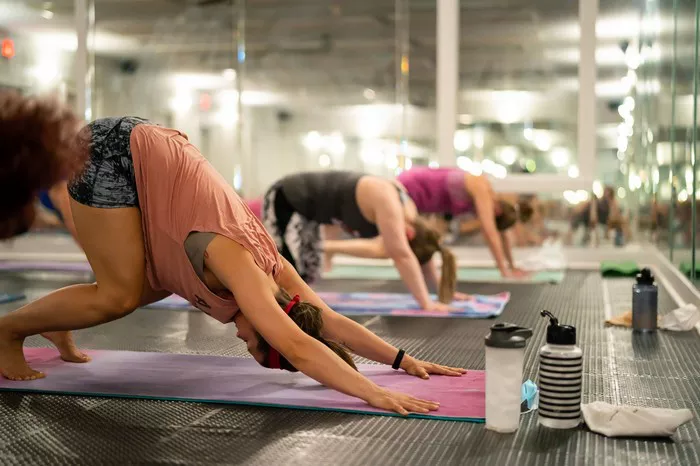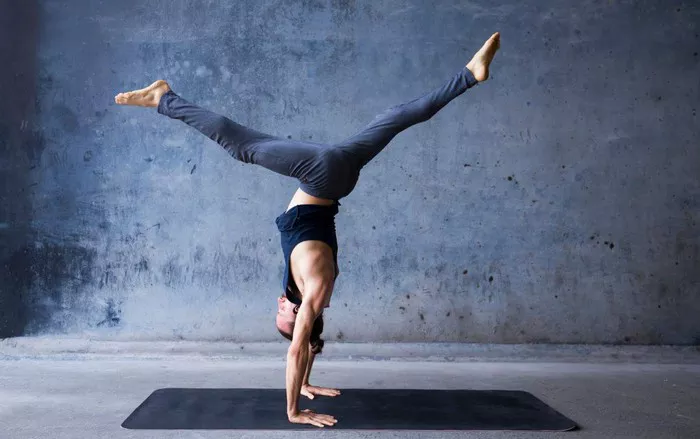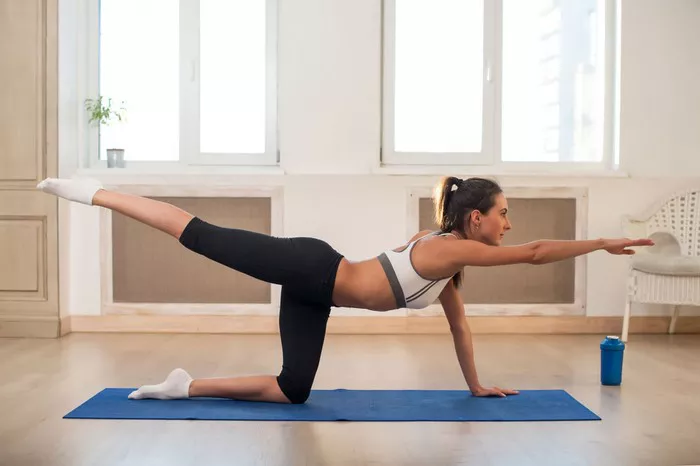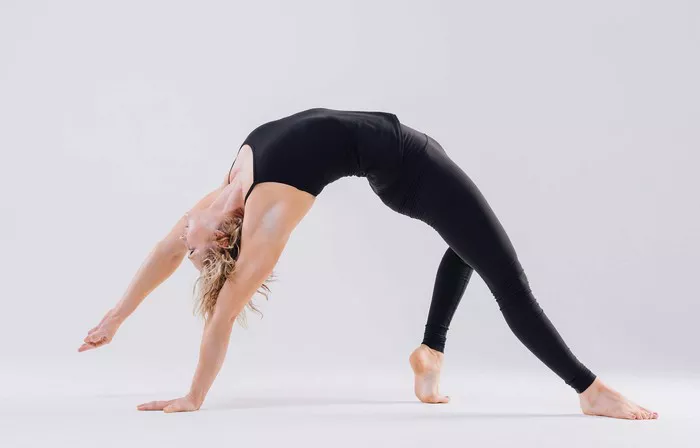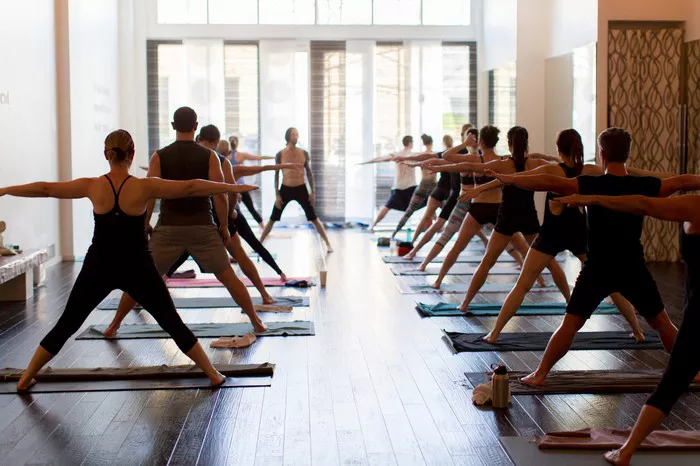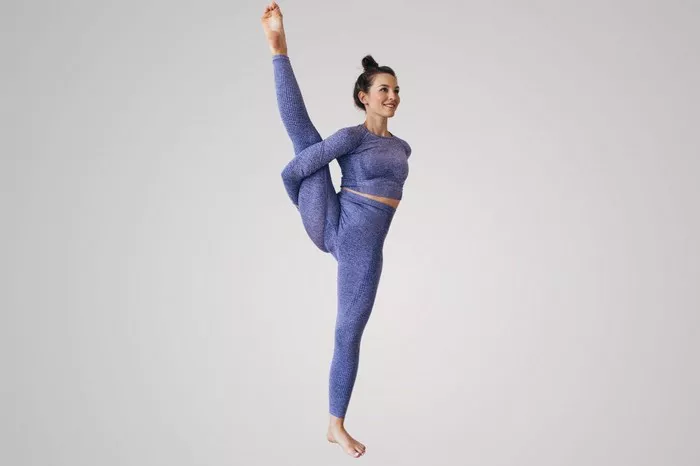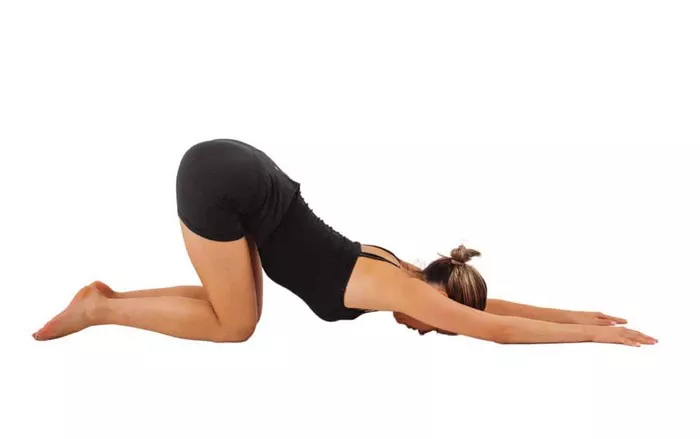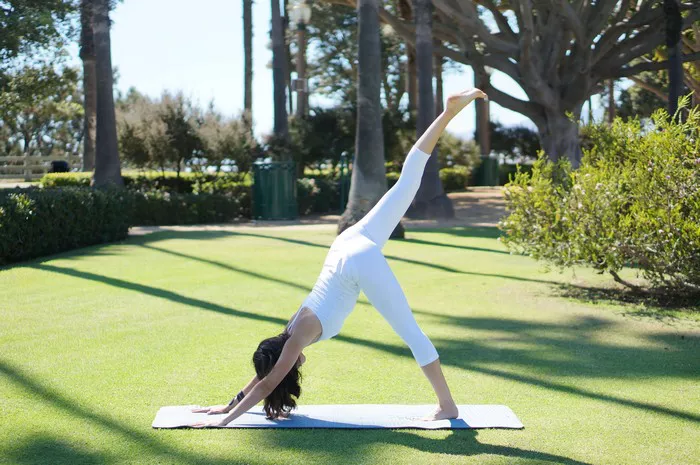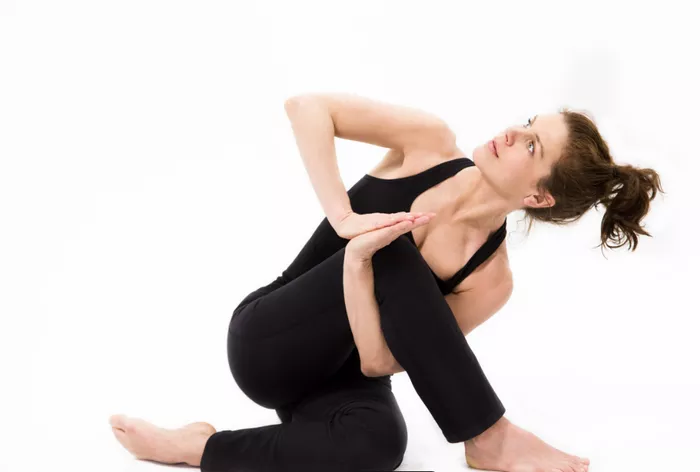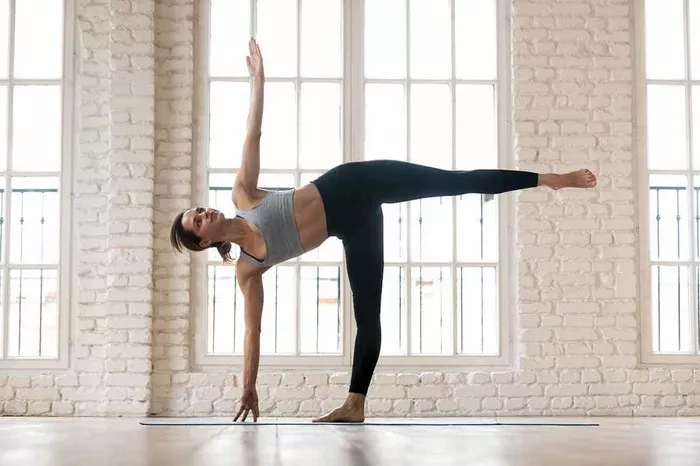Ashtanga and Vinyasa Yoga differ in multiple aspects. Ashtanga, with ancient roots, follows a fixed sequence, emphasizes static postures, and uses Ujjayi breath, being more challenging for beginners. Vinyasa, more contemporary, allows flexible sequences, focuses on dynamic movement, and has diverse breathing techniques, suiting a wider range. Both have spiritual roots but with different focuses, offering unique paths to growth.
Historical Roots: Tracing the Origins of Two Yogic Pathways
The historical origins of Ashtanga and Vinyasa Yoga provide a foundational understanding of their differences. Ashtanga Yoga traces its lineage back to ancient India, with its modern form developed by Sri K. Pattabhi Jois. Jois learned the practice from his guru, Tirumalai Krishnamacharya, and dedicated his life to preserving and teaching the traditional Ashtanga sequence. This form of yoga is deeply rooted in a centuries – old tradition, emphasizing the transmission of knowledge from guru to disciple in a strict and unwavering manner.
On the other hand, Vinyasa Yoga, while also influenced by ancient yogic principles, has a more contemporary and adaptable origin. Vinyasa, which means “flow” in Sanskrit, emerged as a more flexible approach to yoga. It draws inspiration from various yoga styles and incorporates modern fitness and movement concepts. Vinyasa Yoga doesn’t adhere to a single, fixed lineage but rather allows teachers to create their own sequences, making it a more fluid and evolving practice over time.
Structure and Sequence: The Blueprint of Practice
Ashtanga Yoga is known for its highly structured and fixed sequence of postures. There are six primary series in Ashtanga: the Primary Series (Yoga Chikitsa), the Intermediate Series (Nadi Shodhana), and four Advanced Series. Practitioners typically start with the Primary Series and progress to higher series only after mastering the previous one. This sequential approach is designed to systematically open the body, purify the nervous system, and gradually lead the practitioner towards spiritual growth. Each posture in the series has a specific place and must be performed in the exact order, fostering discipline and a sense of progress through consistent practice.
In contrast, Vinyasa Yoga offers a more flexible structure. There is no set sequence that all Vinyasa classes follow. Instead, Vinyasa teachers use their creativity and knowledge to design unique sequences. These sequences often flow from one posture to the next in a smooth, continuous manner, connected by the vinyasa movement (usually a combination of plank pose, chaturanga, upward – facing dog, and downward – facing dog). The flexibility in Vinyasa allows for customization based on the level of the students, the theme of the class, or the teacher’s focus, making it suitable for a wide range of practitioners with different goals and preferences.
Asana Focus: Emphasis on Postures
In Ashtanga Yoga, the focus is on holding each posture for a specific number of breaths. This static hold in postures helps to build strength, endurance, and stability in the body. For example, in postures like Navasana (Boat Pose), practitioners are required to hold the pose while engaging the core muscles for several breaths, gradually increasing the body’s strength over time. Ashtanga also places great importance on the precision and alignment of each posture. The correct form of each asana is crucial as it is believed to affect the flow of energy (prana) through the body, and any misalignment can disrupt this energy flow.
Vinyasa Yoga, while still emphasizing proper alignment, has a greater emphasis on the dynamic movement between postures. The continuous flow from one asana to another challenges the body’s coordination, balance, and flexibility. Vinyasa classes often incorporate a wide variety of postures, including standing poses, twists, backbends, and inversions, creating a well – rounded physical workout. The fluid movement not only warms up the body quickly but also helps to release tension and improve overall body awareness.
Breathing Techniques: The Rhythm of Practice
Ashtanga Yoga employs a specific breathing technique called Ujjayi breath. Ujjayi breath is a deep, audible breath that is taken through the nostrils, creating a soft “ocean – like” sound. This breath is slow, steady, and synchronized with the movement between postures and the holding of postures. The Ujjayi breath helps to calm the mind, increase focus, and regulate the flow of prana. It also generates internal heat, which aids in purifying the body and preparing it for deeper postures.
Vinyasa Yoga also utilizes the breath as a guiding principle, but the breathing techniques can vary more. While Ujjayi breath is commonly used, Vinyasa teachers may also incorporate other breathing methods depending on the sequence and the intention of the class. The breath in Vinyasa is used to create a rhythm for the flow of postures, ensuring that each movement is synchronized with an inhale or an exhale. This connection between breath and movement helps practitioners stay present in the moment and maintain a steady flow throughout the practice.
Level of Difficulty: Tailoring to Practitioners
Ashtanga Yoga, with its fixed sequences and the requirement to master each level before progressing, can be considered more challenging for beginners. The intensity of holding postures for extended periods and the strictness of the sequence demand a high level of physical strength, flexibility, and mental discipline. However, for those who are committed to the practice, Ashtanga offers a clear path of progression and the opportunity to steadily improve over time.
Vinyasa Yoga, due to its flexible nature, can be more accessible to a wider range of practitioners. Vinyasa classes can be designed for beginners, intermediate, or advanced levels. Teachers can modify the sequences, offer variations of postures, and adjust the pace according to the needs of the students. This makes Vinyasa an ideal choice for those who are new to yoga or for experienced practitioners looking for a more diverse and adaptable practice.
Spiritual and Philosophical Underpinnings: The Inner Journey
Both Ashtanga and Vinyasa Yoga have spiritual and philosophical roots in the ancient yogic traditions. Ashtanga Yoga is deeply connected to the traditional yogic philosophy of Patanjali’s Yoga Sutras. The sequential practice is seen as a means to purify the body and mind, leading to the ultimate goal of yoga: Samadhi, a state of deep meditation and union with the divine. The strict discipline and focus in Ashtanga are believed to help practitioners overcome the fluctuations of the mind and reach a higher state of consciousness.
Vinyasa Yoga, while also drawing on yogic philosophy, places more emphasis on the present – moment experience and the connection between the body, breath, and mind. The fluid flow of postures in Vinyasa is intended to create a moving meditation, allowing practitioners to be fully present in each movement and breath. This focus on the here – now experience helps practitioners cultivate mindfulness and a deeper understanding of themselves and their place in the world.
Conclusion
In conclusion, Ashtanga and Vinyasa Yoga are two distinct yet equally valuable forms of yoga. Ashtanga Yoga offers a structured, traditional, and intense practice that builds strength, discipline, and follows a clear path of progression. Vinyasa Yoga provides a more flexible, dynamic, and adaptable practice that caters to a wide range of practitioners and emphasizes the connection between movement and breath. The choice between the two depends on individual preferences, physical abilities, and spiritual goals.



